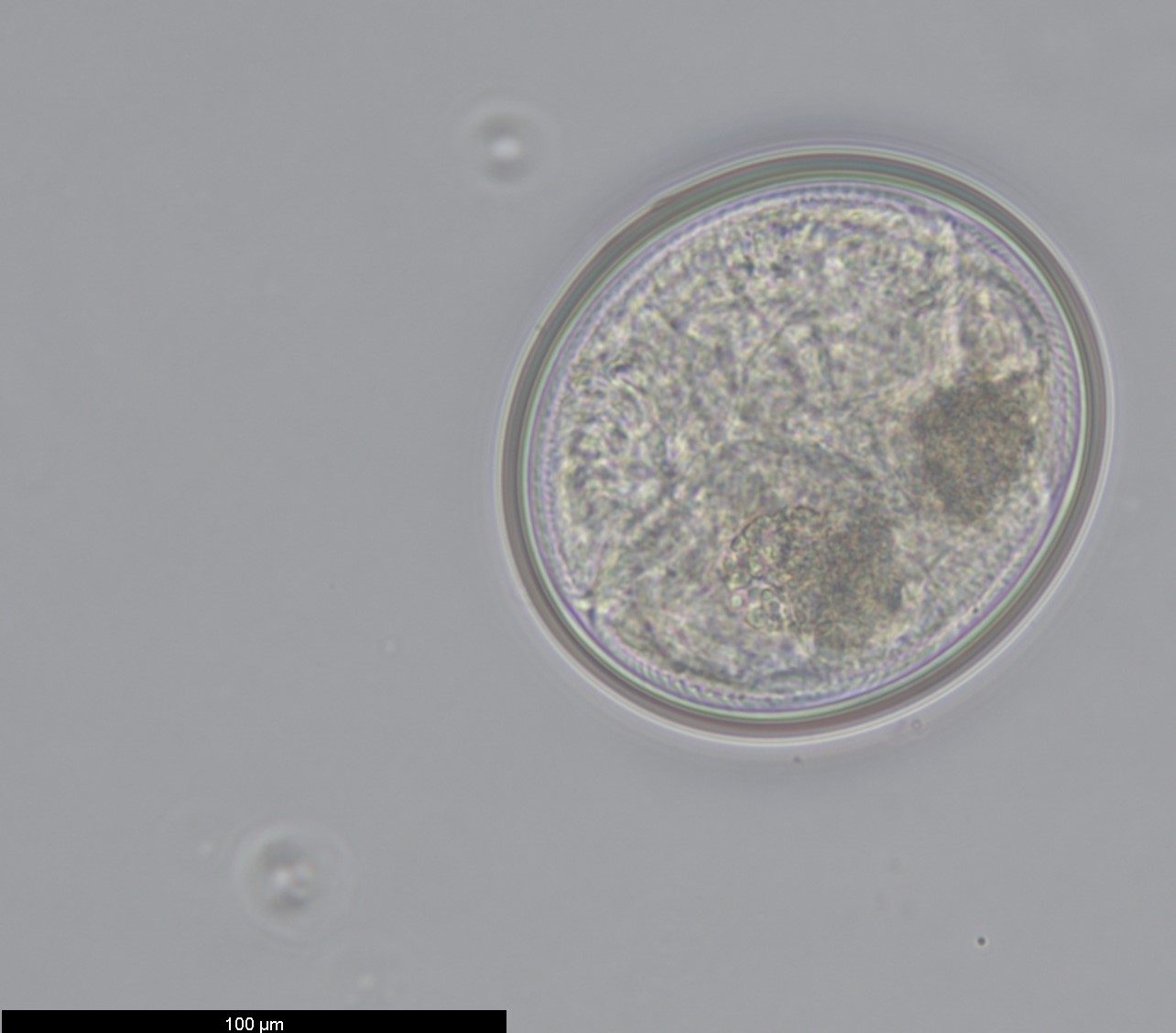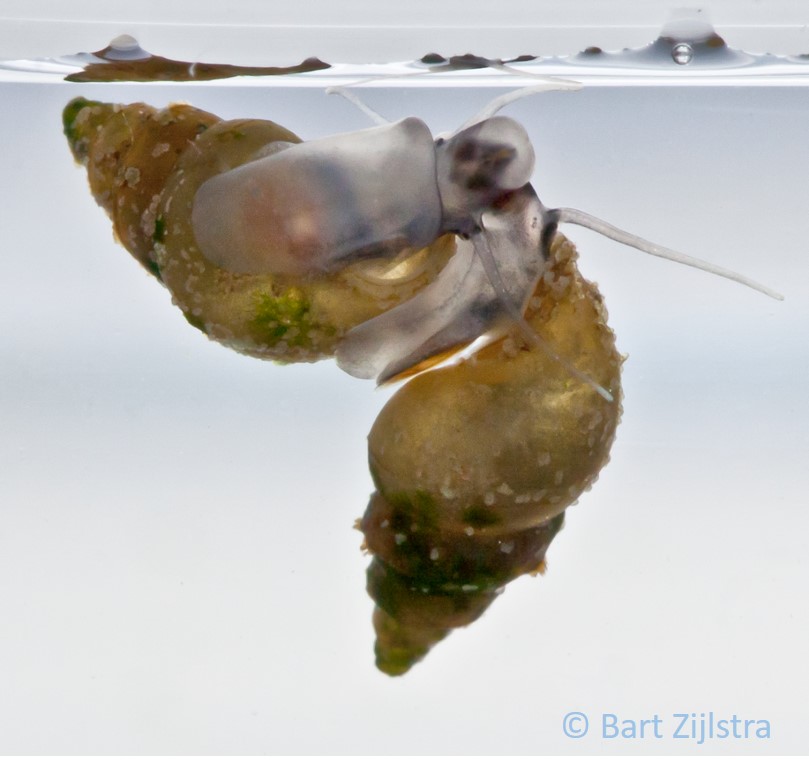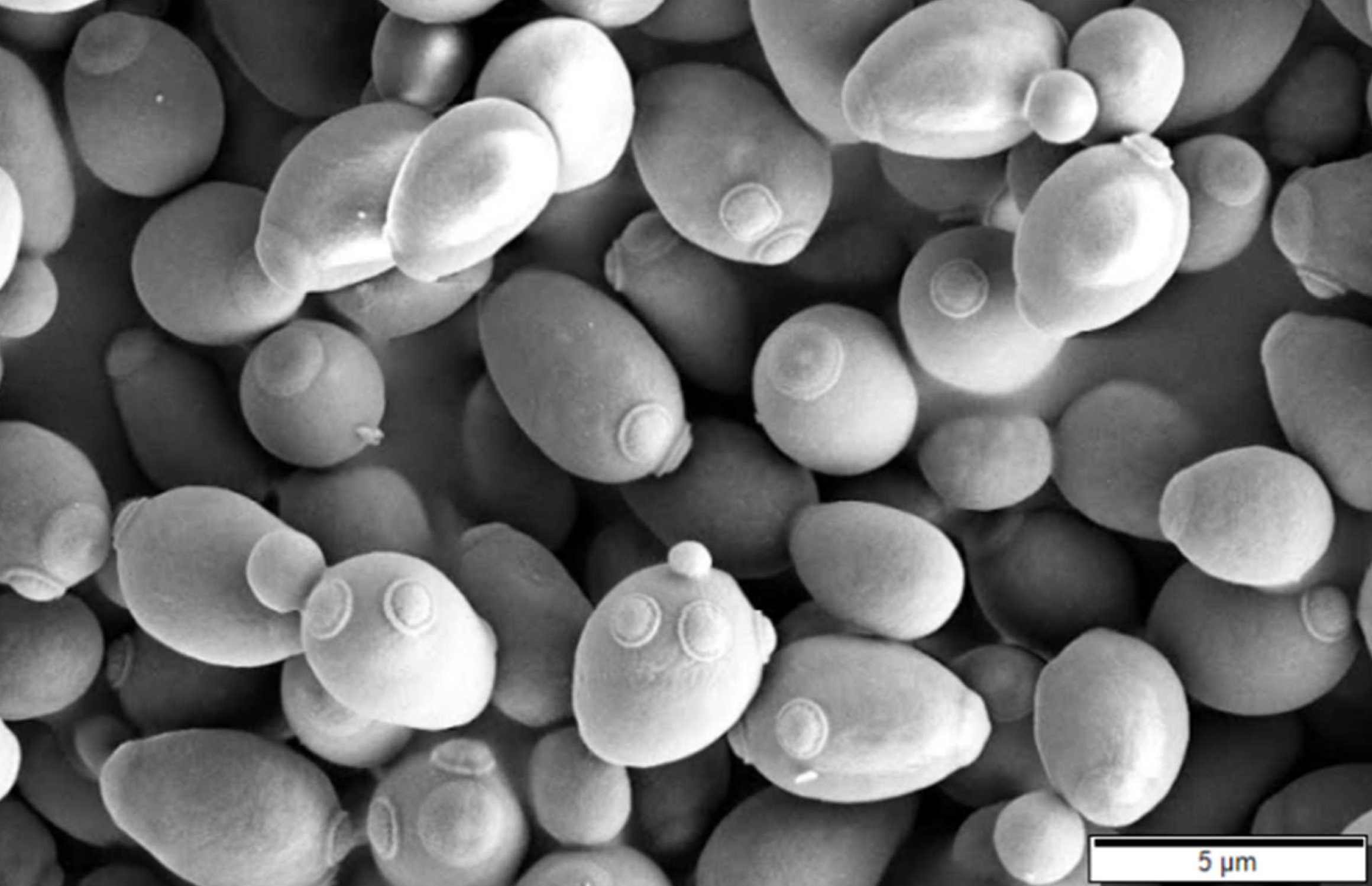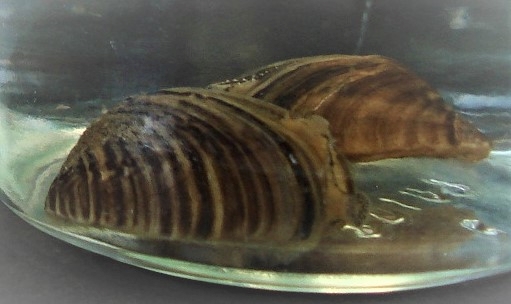Our Research
We study the processes that maintain ecological and genetic diversity in natural populations. The goal of studying the interaction between evolution and ecology is to understand evolutionary adaptation. We often use pathogens and disease as models to study rapid adaptation. By studying co-evolutionary dynamics we aim to understand disease risk and epidemiology in natural environments.
Our research questions require integrative methods from field surveys to laboratory experiments, taking advantage of toolboxes in population and functional genomics and mathematical modelling. Often we need to establish new methods and adapt existing ones to our needs, hardware and analytical tools alike.
Find current and long-term projects on the respective research topic pages.




